Money is a timeless source of confusion, stress, and irrationality for many people. Money’s power may seem mysterious, but the reality is most people have a very basic relationship with their capital.
The average person only deals with money’s most basic property: its transactional value. Money comes in (income) and money goes out (expenses). The relationship is simple.
Traders complicate this relationship by taking advantage of another property of money; its multiplicative property. Traders attempt to proliferate their capital by buying and selling stocks for profit.
Accordingly, money serves a dual purpose as both a means to cover expenses and a resource to generate income. In order for these functionalities to harmoniously coexist, traders need to create a psychological disconnect between the two.
This compartmentalization is elegantly exemplified by the contrast in a thrifty business owner’s personal spending habits and business practices. You know, the guy who won’t pay an extra $2 for guacamole at Chipotle but will sign off on a thousand dollar business expense without batting an eye.
Successful business owners and traders are aware of the crucial distinction in money’s applications. Money has different rules in different playing fields. In certain scenarios, frugality pays off; in others it can be expensive. This isn’t to say traders should be careless about money, however they should recognize the distinction between money as a currency and money as a tool.
The Case for the Disconnect
Money has an inherent emotional influence on people. It can be a powerful trigger for both positive and negative emotions. Even the anti-establishment hippie living life off the grid is influenced by money. There’s no escaping it. Whether you worship the almighty dollar or demonize it, you’d be foolish not to recognize its power.
This power yields a particularly strong emotional influence in the world of trading where volatility can transform a small sum into a fortune and vice versa. The prospect of getting rich or going broke can weigh heavy on a trader.
In order to lighten this psychological load, traders need to disconnect from money’s transactional value when entering the trading arena.
Think about it this way – no trader has ever lost sleep over a paper trading loss. When real money is removed from trading, emotions follow, and a trader can adopt a strictly analytical mindset.
Of course, real trading requires real money, so it’s impossible to eliminate monetary emotions entirely, however these instinctive emotions can be tamed with the proper mindset.
Rule #1: Turn Dollars Into Digits
A certain level of robotic thinking is required to make it as a trader. Imagine if the average citizen saw their savings account fluctuate like that of a day trader’s portfolio. It’s enough to drive anyone to madness.
Down $10… There goes lunch
Down $100… There goes groceries
Down $1000…. There goes rent
If you want to make it as a trader (and maintain your sanity), you need to think of dollars as numbers, and nothing more. These moving numbers can validate or invalidate your hypothesis, irrespective to the associated dollar profit/loss. If you mentally materialize your gains and losses, it’s game over.
You may assume that detachment from capital is foolish in an industry where the dollar reigns supreme, but dollar profits and losses actually have a very small impact on trade management. You don’t exit a position simply because you are up or down $1000. You enter and exit trades based on price action that confirms or disconfirms your hypotheses. Proper risk management is achieved by identifying the price points (numbers) at which you are proven right or wrong. Capital preservation and profit maximization (dollars) relate to proper position size management. If these both of these considerations are accounted for before you enter a position, trade management should be robotic.
Rule #2: Don’t Pinch Pennies When Counting Dollars
If you apply your real-world spending habits to your trading, you’re doing yourself a disservice. As mentioned earlier, money has different rules in different playing fields. While saving a few bucks on lunch may be a good budgeting practice, saving a few bucks in trading is insignificant and quite possibly a hindrance to your success.
It’s likely you didn’t get into trading to make an extra few bucks a week. You’re pursuing higher ambitions and you shouldn’t pinch pennies when counting dollars. If you’re trying to make $100, $200, or $300 per trade, a couple bucks won’t impact your bottom line. Frugality can often hurt your trading more than it helps.
Here are a few examples:
- Cutting commission costs – Traders may limit their trades to save on commissions (or choose a free broker). In cases of overtrading, this may be wise, but in most cases this is unnecessary penny-pinching. If commission costs make or break the profitability of your trade, you need to reconsider the trading strategy, not the commissions themselves.
- Sniping the “perfect” entry – Some traders are obsessed with achieving the perfect entry and if the trade isn’t green right away, they end up frustrated. Once again, if a few cents make the difference between a profitable and unprofitable trade, you’ll want to revisit your overall strategy.
- Undervaluing trading resources – Some traders allow their frugality to limit their access to trading education, chat rooms, and platforms. Spending a few hundred bucks on these resources can seem expensive until you’re staring down the barrel of a four-figure loss that could’ve been avoided with the proper guidance. This isn’t a sales pitch; it’s a reality that many traders don’t realize until it’s too late.
Rule #3: Don’t Bet the House (Literally)
Whether you have a $5,000 account or a $500,000 account, you should never trade with money you can’t afford to lose. Trading with capital that is essential to your lifestyle will inevitably increase the stress and anxiety behind every trade. You will trade emotionally, or even worse, find yourself in a devastating situation.
Remember Rule #1: “turn dollars into digits.” It’s impossible to follow this rule if you’re trading with next month’s mortgage payment.
The solution is simple: trade with less capital. Give yourself the padding you need to succeed. If you can only afford to risk $5,000, don’t trade with $50,000. Every trader is ambitious, but your primary objective (especially when getting started) is survival. Traders fixate on potential profits and overlook potential losses. They assume that trading with a $50,000 account will yield 10x the returns of trading with a $5,000 account, while neglecting the fact that they are also exposed to 10x more risk.
Untamed ambition can be dangerous. Make the conscious decision to value the longevity of your trading career over making a quick buck. Once you’ve proven yourself through consistent performance, profits will follow, and you can increase your working capital.
Rule #4: Hide Your P&L (Optional)
Tim Grittani shared a trick he uses to disconnect from his capital. He found that he was easily influenced by the dynamic fluctuations of the P&L (Profit and Loss) column of his portfolio so he decided to remove it (you can do this in your trading platform).
By hiding his P&L, Grittani was able to focus on the trade itself, without being influenced by his unrealized profits or losses.
If you find yourself susceptible to this influence, you may want to try doing the same!
Apply it to Your Trading
Analyze your own trading and focus on how your emotions play a role. You’ll likely recognize that the majority of emotional influence is rooted in issues relating to money. While seemingly obvious, this realization can help you focus on better trading habits.
Are you trading with money you can’t afford to lose? Are you taking uncomfortably large positions? Do you think of trading P&L the same way you think of income/expenses in your personal life?
Do an honest self-analysis and come up with a game plan.
Remember, this is one of the aspects of trading that you actually can control. If you think this influence is inescapable, consider a scenario in which you were trading with $100. Would you still be as emotional? Unlikely.


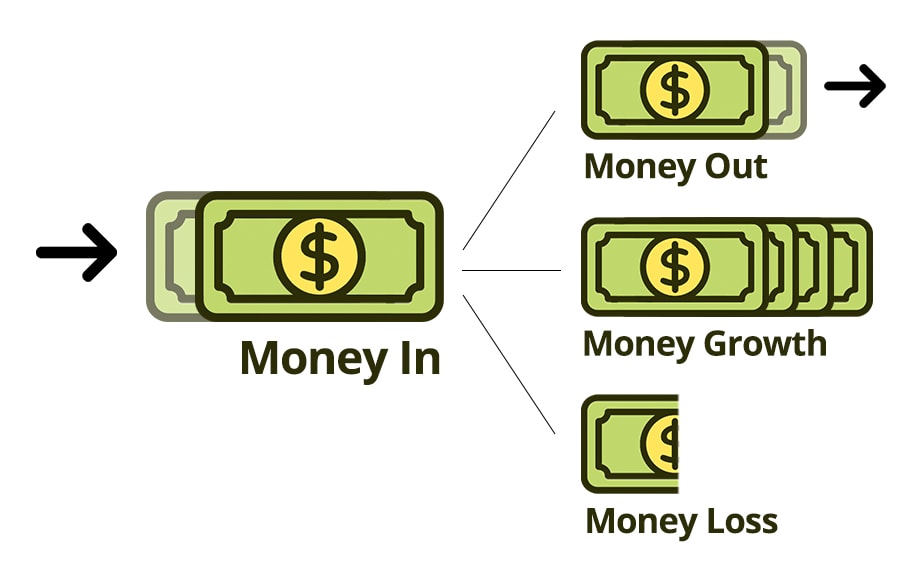

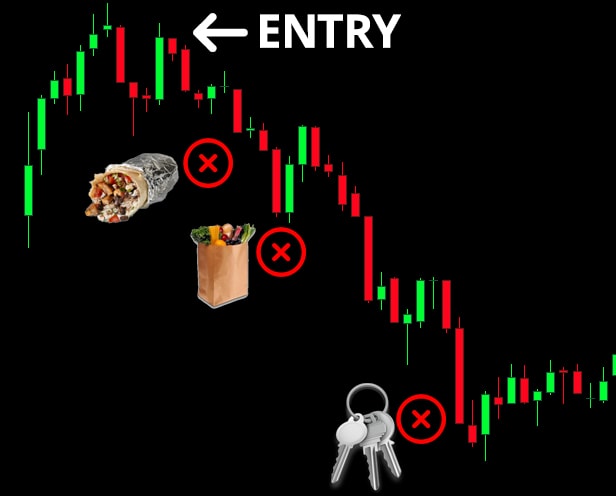
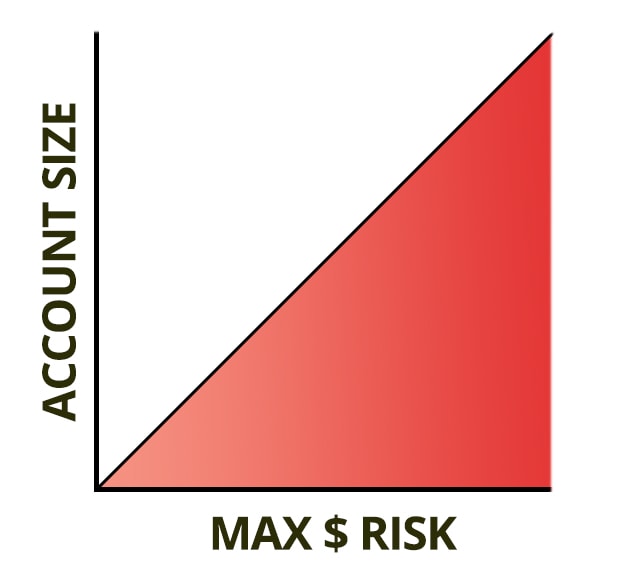



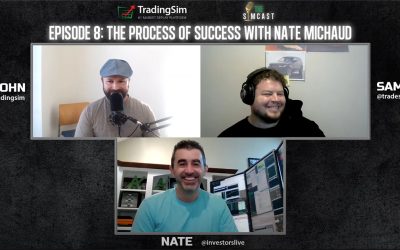

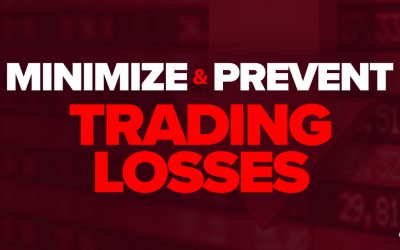

Thank you! I needed this today.
Great post and one I am sure many more than myself will find useful. Thank you!
Excellent advise.
thanks I appreciate your help
Great post thank you.
Thanks for the help, for what ever reason I seem to trade better with $100 than I do $1000.
My goal is to share a new trading lesson every week –
let me know if you want me to continue!
WHAT?????
Nate, of course I want you to continue. Your lessons about trading and about your style of thinking and your approach to this is unique..
Great lesson
Thanks Nate,
Will try to lessen my size..and see how my emotions fluctuate…
Like your teachings..
I’m new to trading and very open to any advice that I can get so, thank you for this post
Priceless nuggets. Thanks Nate.
Thanks for sharing the advise. Worth it’s weight in gold to a newbie like me!
Awesome advice. I appreciate it.
I need to this every day.
Thanks Nate
Great post, I think that everyone needs to read it at least once (I personally shared it).
Thanks Nate for the insight and effort.
Thank you, and yes please keep sharing a weekly lesson! Much appreciated!
Great post. Thanks as always.
Superb. Thanks.
Thank u Nate, thinking of money as digits will be added to my daily affirmations, process is key, along with process come position size management. 1000% helped me to take only off my screen, not only do I let the trade work and winners run when my trading plan is wrong I stop out.